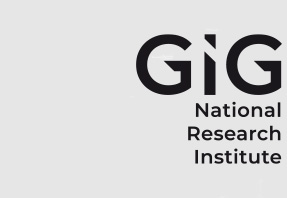Author ORCID Identifier
Victor Amoako Temeng 0000-0002-9536-0871
Yao Yevenyo Ziggah 0000-0002-9940-1845
Clement Kweku Arthur 0000-0002-4954-1532
Abstract
Although a major portion of the emitted energy from mine blast is sub-audible (lower frequency), there exist a component that is audible (high frequencies from 20 Hz to 20 KHz) and as such within the range of human hearing as noise. Unlike blast air overpressure (low frequency occurrence), noise prediction from mine blasting has received little scholarly attention in mining sciences. Noise from mine blast is considered a major detrimental blasting effect and can be a menace to nearby residents and workers in the mine. In this paper, a blast-induced noise level prediction model based on Brain Inspired Emotional Neural Network (BENN) is presented. The objective of this paper was to investigate the implementation possibility of the proposed BENN approach along with six other artificial intelligent methods, such as Backpropagation Neural Network (BPNN), Radial Basis Function Neural Network (RBFNN), Generalised Regression Neural Network (GRNN), Group Method of Data Handling (GMDH), Least Squares Support Vector Machine (LSSVM) and Support Vector Machine (SVM). The study also implemented the standard Multiple Linear Regression (MLR) for comparison purposes. The statistical analysis carried out revealed that the BENN performed better than the other investigated methods. Thus, the BENN achieved very promising testing results of 1.619 dB, 3.076%, 0.0925%, 0.911 and 82.956% for root mean squared error (RMSE), mean absolute percentage error (MAPE), normalised root mean squared error (NRMSE), correlation coefficient (R) and variance accounted for (VAF). The implemented BENN can be useful in managing noise from mine blasting using site specific data.
Recommended Citation
Temeng, Victor Amoako; Ziggah, Yao Yevenyo; and Arthur, Clement Kweku
(2021)
"Blast-Induced Noise Level Prediction Model Based on Brain Inspired Emotional Neural Network,"
Journal of Sustainable Mining: Vol. 20
:
Iss.
1
, Article 3.
Available at: https://doi.org/10.46873/2300-3960.1043
Creative Commons License

This work is licensed under a Creative Commons Attribution 4.0 License.

